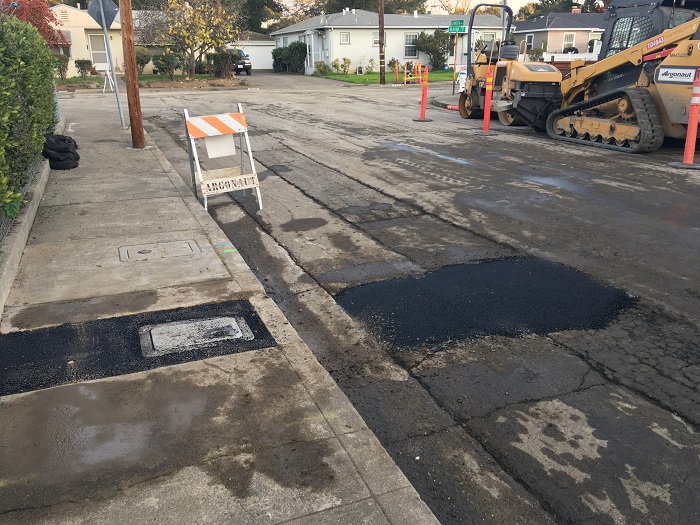
New Report: Down to the Last Drop
Three years into a devastating drought made worse by wasteful water use, voters in Texas approved a constitutional amendment that will allow the state to allocate more funding for new water infrastructure projects. Texas will now have $2 billion to pay for new reservoirs, desalination projects, investments in water conservation and efficiency, and other water-related projects. For the health of Texas' rivers, it is vital that the state prioritize funding for water conservation and efficiency improvements before new water supply projects.
Three years into a devastating drought made worse by wasteful water use, voters in Texas approved a constitutional amendment that will allow the state to allocate more funding for new water infrastructure projects. Approval of the proposition means that $2 billion will be moved from the state’s rainy day fund to the State Water Implementation Fund for Texas to pay for new reservoirs, desalination projects, investments in water conservation and efficiency, and other water-related projects. At least 20 percent of the funding must be used for water efficiency investments, and 10 percent for rural investments, such as agricultural water conservation.
Unfortunately, the state’s 2012 water plan focuses much more heavily on new water supplies than on opportunities for using water more wisely. (Texas has many water conservation opportunities, as we documented in an earlier report.) The statewide plan, a compilation of plans presented by regional water planning boards, includes 26 new reservoirs, yet provides few details on how to cut down on wasteful water use or little mention of the consequences of inefficient water consumption.
Our new report, Down to the Last Drop, makes the case for why investing in water conservation and efficiency is good for Texas’s rivers, fish and wildlife. For example, water withdrawals from the Rio Grande for municipal and agricultural use cause the river to run dry in places. Lack of freshwater flowing into San Antonio Bay from the Guadalupe River has led to the deaths of 23 endangered whooping cranes. A proposed reservoir on the Sulphur River would destroy native bottomland hardwood forest. Using water more wisely—and leaving more in streams, rivers and bays to support fish and wildlife—would benefit Texas’ natural heritage.
As regional water planning boards prepare to submit their proposals for funding of water projects, they should focus first on improving the efficiency of water use before withdrawing more water from rivers that, in some cases, have no more to give.
Topics
Authors
Elizabeth Ridlington
Associate Director and Senior Policy Analyst, Frontier Group
Elizabeth Ridlington is associate director and senior policy analyst with Frontier Group. She focuses primarily on global warming, toxics, health care and clean vehicles, and has written dozens of reports on these and other subjects. Elizabeth graduated with honors from Harvard with a degree in government. She joined Frontier Group in 2002. She lives in Northern California with her son.
Find Out More

From gray to green: How (and why) to depave

A look back at what our unique network accomplished in 2023

More and better testing would protect us from chemical threats

